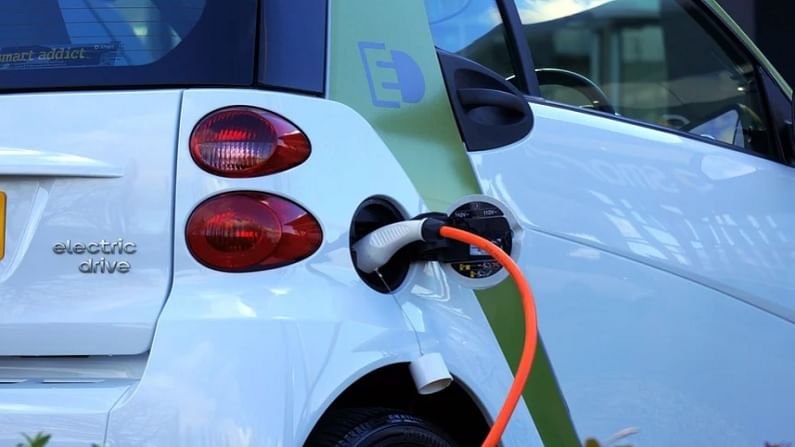9 things you must know before buying an electric vehicle
Electric vehicles have generated buzz and inquisitiveness in recent times among Indian car enthusiasts due to rising fuel prices

Are you one of those who feel guilty about contributing to the rising carbon footprint? Then the Electric Vehicles are the definitely the way to jump on the ‘Go-Green’ bandwagon to go about it. EVs are no longer the future, they are the present and are certainly going to be the game changers. For better understanding, here are nine takeaways that would help you as a consumer to take better informed decisions.
1) No Engine
There is no engine oil to change, In fact there is no engine to maintain all. Adding to that there is no need to service the belt or chain, change the transmission fluid, clogged-up valves, burnt clutch plate or sweat over emission tests. This means there are fewer moving parts.
2) Battery maintenance
Batteries tend to have a limited lifecycle, which can be extended through efficient management and timely charging. On an average batteries are good for 1,60,000 kms. As per conventional wisdom, car batteries are more resistant to damage than the lithium-ion batteries that powers mobile phones. Carmakers typically offer a warranty of over eight years or 1.6 lakh kilometers. Also, never leave an EV uncharged if battery level reaches 10%, as it may result in damaging the battery itself. At the same time batteries have to be charged till 90% and not 100%, and not with a fast charger. At the same time, it’s best to find a relatively temperate spot for parking as batteries can lose charge when the temperature of the caris really low. It is better to rely on A/C charger at home.
3) Tyres prone to wear and tear
Tyres of an electrical vehicle are more prone to wear and tear given that EVs weigh more than internal-combustion cars, thanks to the weight of the batteries, which are placed horizontally across the car’s floor. Low tyre pressure can also reduce an EV’s range by 3% according to the Royal Automobile club.
4) Regenerative brakes
Electric vehicles are equipped with regenerative breaking, which uses the electric motor to slow the vehicle. This would reduce the load on the breaks and as a corollary, lower the levels of wear and tear of the brake disc and creating less brake dust. Kinetic energy is used in excess in the regenerative breaking system, which puts some charge back into the battery.
5) Occasional servicing
For an EV occasional servicing is more than enough as compared to an internal combustion car. What needs to be changed is break fluid and perhaps the windscreen wipers. Also, ensure that a technician proficient with EVs services the car.
6) Towing an EV
There is no point pushing the EV to start the car in the event of a breakdown, as the battery is completely dead. The EV must be towed in such a way that the rear wheels touch the road if the electric motor is powering the front axle. If the motor is on front and back then the EV should be placed on a flatbed and taken to the nearest charging point.
7) Distance travelled on EVs
A fully charged Hyundai Kona can travel upto 452 kms, while a TATA Nexon EV can travel 312 kms and the Mercedes Benz, it is 770 kms.
8) Charging an EV
EVs could be charged at-home facility or at charging stations. Standard and fast charging stations are available.
9) Time taken to Charge an EV
Tata Nexon could be charged within an hour, touching a maximum of 80%, while Mercedes can be charged at 80% within 30 minutes.
Download Money9 App for the latest updates on Personal Finance.
Related
- Top 25 Best Selling Cars in the US Q1 2025 Ford Leads Tesla Holds, and Sedans Make a Comeback
- Vegan vs Non-Vegetarian: Which Diet Is More Nutritious and Better for Your Health?
- होंडा ने हेडलाइट समस्या को ठीक करने के लिए वापस मंगवाई CB300R मोटरसाइकिलें
- RBI ने लगातार दूसरी बार रेपो दर में कटौती की, कर्ज होंगे सस्ते
- Tata Motors की वैश्विक थोक बिक्री चौथी तिमाही में 3% घटकर 366177 इकाई
- सुरक्षा मानदंडों को पूरा करने की बढ़ती लागत की वजह से दाम बढ़ा रही हैं कार कंपनियां

